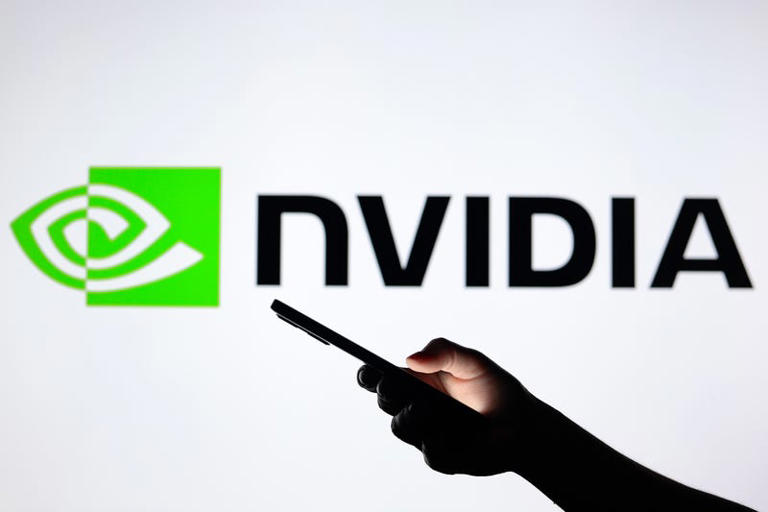Nvidia (NVDA) stock is undergoing a notable recovery, driven by investor enthusiasm to capitalize on the current lower share prices. In the span of the past four trading days, Nvidia’s stock has surged nearly 19%, recovering over $400 billion in market capitalization from the $900 billion loss it sustained during a recent market retreat. This rally highlights a significant rebound from a period of heightened volatility that saw the stock sharply decline.
As of Tuesday’s market close, Nvidia’s shares were trading at $116.14, effectively returning to levels observed on July 31. The stock’s upward momentum continued into pre-market trading on Wednesday, with an additional 1.55% increase. This resurgence is impressive given that Nvidia’s stock has gained an astounding 141% so far in 2024, marking it as one of the standout performers in the tech sector this year.
The initial rise in Nvidia’s stock price at the beginning of 2024 was fueled by an explosive demand for its chips, which are essential for training generative artificial intelligence (AI) models. The company’s stock reached an all-time high of $135.58 on June 18, following a 10-for-1 stock split that made shares more accessible to a wider array of investors. This high was a testament to Nvidia’s pivotal role in the AI boom and its substantial influence in the tech industry.
However, the company faced a setback in July, with its stock experiencing a significant drop. This decline was influenced by several key factors. A Bloomberg report revealed that the Biden administration was considering implementing strict export controls on advanced chipmaking equipment destined for China. Such measures raised concerns about potential disruptions in Nvidia’s supply chain and international sales. Additionally, comments from former President Donald Trump regarding Taiwan added to geopolitical tensions, exacerbating market uncertainty. These events led to a broad-based selloff in chip stocks, with Nvidia being a notable casualty. Despite the severe drop, many analysts have characterized the market reaction as an overreaction.
Since hitting its record high, Nvidia’s stock has dropped by over 14%. Despite this decline, analysts view the recent dip as a potential buying opportunity rather than a signal of deeper issues. Goldman Sachs’ technical strategist, Scott Rubner, has advised investors to “buy the dip,” suggesting that the market could see a turnaround towards the end of August. Rubner also predicts that markets may reach new highs following the U.S. presidential election in November, providing a favorable backdrop for Nvidia’s stock.
In a similar vein, Bank of America’s Vivek Arya has identified Nvidia as a top “rebound” stock in a recent note to investors. Arya acknowledged that while Nvidia’s stock may experience continued volatility through September, he expects a strong recovery in the fourth quarter. He attributes this potential rebound to the dissipation of seasonal headwinds and the company’s continued leadership in the AI chip market.
Overall, Nvidia’s recent performance underscores the inherent volatility in the tech sector, particularly for companies at the forefront of emerging technologies like AI. The stock’s dramatic fluctuations reflect broader market dynamics and investor sentiment. Despite short-term setbacks, the long-term outlook for Nvidia remains robust, driven by sustained demand for its innovative chips and the expanding applications of AI technology. Investors are encouraged to closely monitor market conditions and company developments to navigate these volatile periods effectively and capitalize on potential opportunities for growth.
